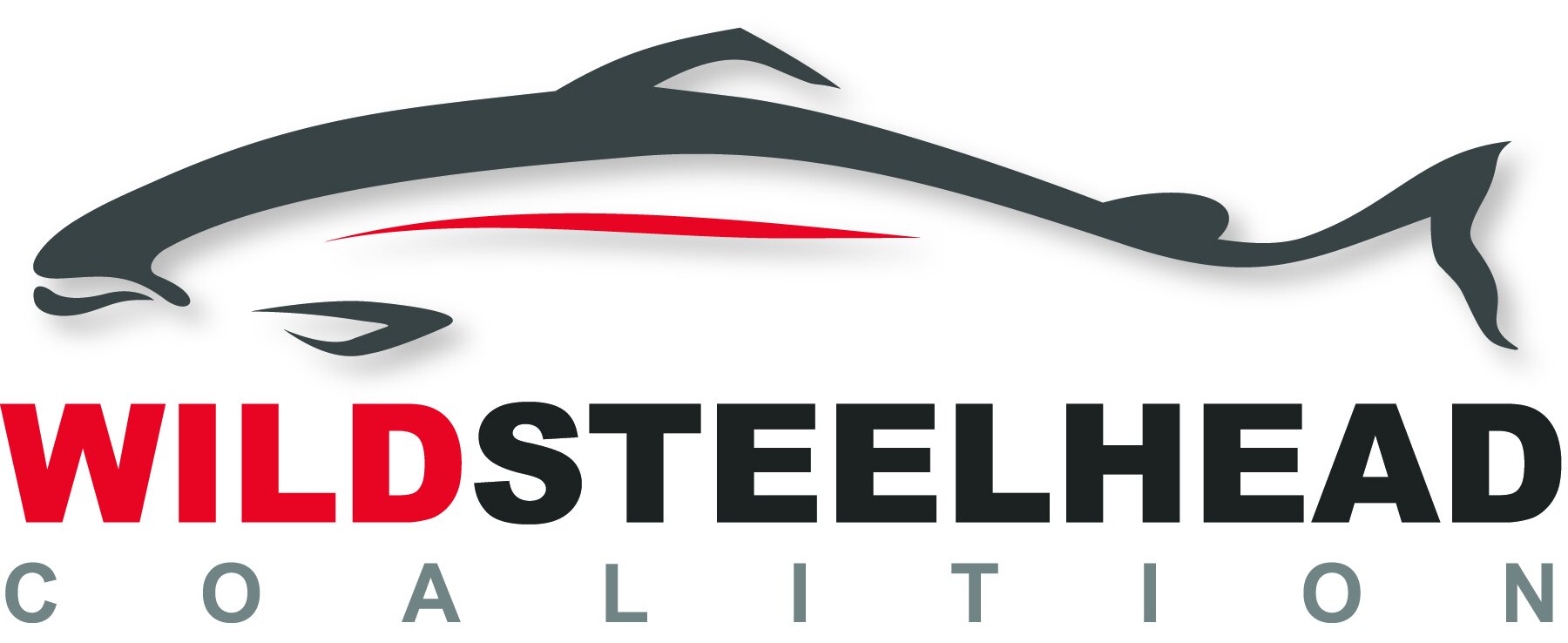
A variety of factors have coalesced to contribute to the systematic declines of wild steelhead population. These factors are generally referred to as the Four H’s: Habitat, Harvest, Hydro power and Hatcheries. Unfortunately we now need to add a fifth ‘H” for Heat, since climate change is posing a new and dangerous threat to wild steelhead throughout their range. However, at the center of it all, are “Humans”, including their impacts and will to create changes within the “H’s” to change the trajectory for wild steelhead. We, as anglers, have a leadership role to play in changing our focus.

The Columbia River Basin once produced more steelhead than any other river in the world. Before the 1840’s up to 16 million salmon and steelhead returned to the Columbia river systems. Some of the largest steelhead ever recorded once migrated the Columbia system. This included the magnificent B-Run steelhead that returned to Idaho’s Clearwater river, which was decimated with the installation of the Dworshak Dam built without fish passage. Dams block access from the Pacific Ocean to critical spawning and rearing habitat, disabling steelhead from completing their life cycle. Including a series of warm water reservoirs lethal to salmon and steelhead. Where fish passage is not provided by fish ladders, the blockage is permanent, and expiring the run of steelhead to the rest of the system. More than 40 percent of the spawning habitat once available in the Columbia River Basin is permanently blocked by dams.

Not only are there many more anglers now than there once was, the technology and innovation used in our fishing equipment has greatly improved. The commercial guiding industry has grown drastically along with an abundance of accessible information available at our fingertips telling us when and where the conditions are right to fish. Social media shares locations, amps up the hype and advertises the steelhead experience to the masses. Anglers are more effective and efficient than ever, but there are increasingly fewer fish along with closed rivers that historically held magnificent runs of fish. We’ve made it so much easier to catch steelhead at a pivotal time to their survival and it maybe time to reconsider the idea of what constitutes a “fair chase”. Since we are better than ever at catching steelhead we need to make decisions to help limit our impact and find ways to help rebuild abundance through diversity and watersheds if we are going to keep fishing.

Although a controversial topic, scientific research points to hatcheries as a limiting factor for wild steelhead and salmon success as well as one of the most controversial. Hatcheries provide fish for harvest to the detriment of wild fish. Hatchery fish compete with wild fish for limited resources, like food and available spawning habitat. Genetic introgression between wild fish causes loss of overall species fitness, because wild fish evolve to survive in the specific conditions of their specific natal river system and hatchery fish do not. While hatcheries were intended to be a solution for wild steelhead loss, for nearly a century, they have actually been a driver of further wild steelhead declines.

The Endangered Species Act (ESA) identifies 15 Distinct Population Segments (DPS) of wild steelhead along the west coast of the United States. Wild steelhead are currently listed as Threatened or Endangered of extinction in 11 of the 15 DPS with concerns for the remaining four currently unlisted. Threats include habitat impediments (dams), habitat degradation, habitat loss, commercial and recreational fishing, hatcheries and climate change along with the current “warm blob” in the North Pacific.

The Shifting Baseline syndrome describes a gradual change in the accepted norms for the condition of the natural environment, in this case wild steelhead. Scientist sometimes fail to identify what the correct “baseline” population was before human exploitation. Fisheries were typically evaluated by experts who used the state of the fishery at the start of their career as the baseline, rather than the fishery in its non-utilized state. Over time even angling generations perceptions are skewed regarding real abundance accepting where we are at when it comes to current steelhead numbers which hamstrings our ability to accept or make changes.






